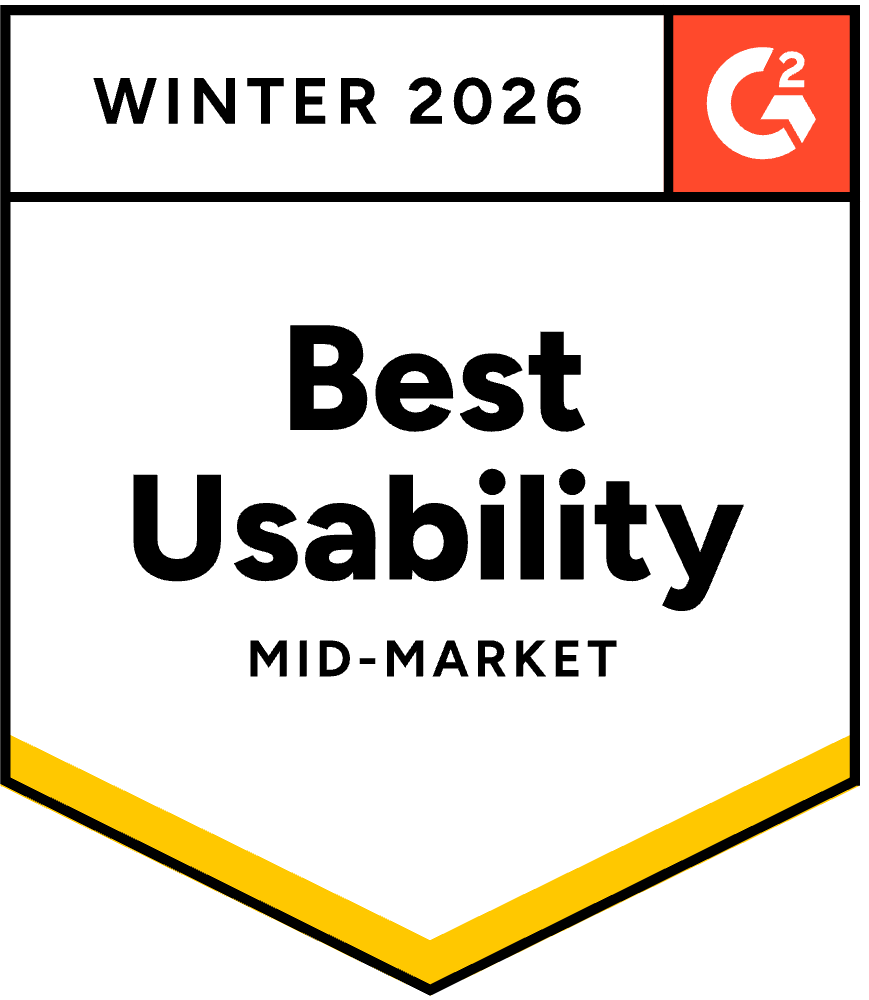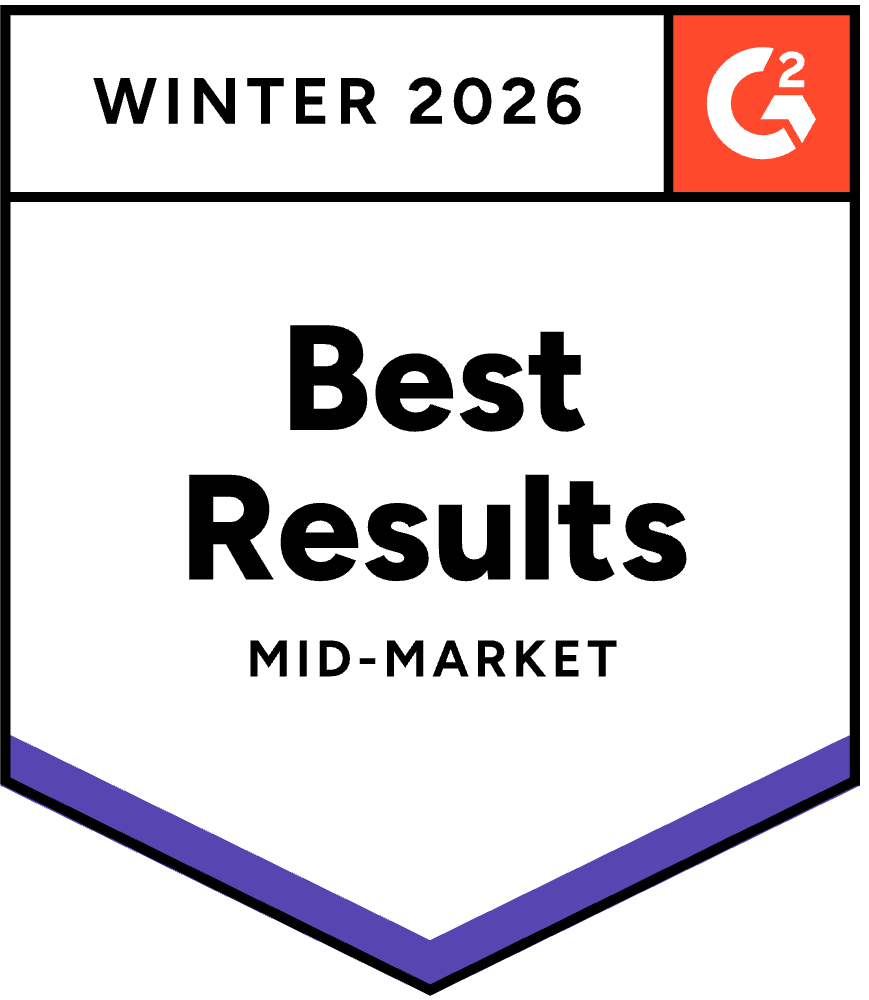



Discover more integrations
No items found.
Get in touch CTA Section
Lorem ipsum dolor sit amet, consectetur adipiscing elit, sed do eiusmod tempor incididunt ut labore et dolore magna aliqua.
Frequently asked questions
Can data observability support better demand forecasting for retailers?
Absolutely. By integrating historical sales, real-time transactions, and external data sources like weather or social trends, data observability platforms enhance forecast accuracy. They use machine learning to evaluate and adjust predictions, helping retailers align inventory with actual consumer demand more effectively.
What does the Sifflet and Google Cloud partnership mean for users?
Great question! This partnership allows Google Cloud users to integrate Sifflet’s data observability platform directly within their private cloud environment. That means better visibility, reliability, and trust in your data from ingestion all the way to analytics.
How do classification tags support real-time metrics and alerting?
Classification tags help define the structure and importance of your data, which in turn makes it easier to configure real-time metrics and alerts. For example, tagging a 'country' field as low cardinality allows teams to monitor sales data by region, enabling faster anomaly detection and more actionable real-time alerts.
Can Sifflet’s dbt Impact Analysis help with root cause analysis?
Absolutely! By identifying all downstream assets affected by a dbt model change, Sifflet’s Impact Report makes it easier to trace issues back to their source, significantly speeding up root cause analysis and reducing incident resolution time.
Is Sifflet planning to offer native support for Airbyte in the future?
Yes, we're excited to share that a native Airbyte connector is in the works! This will make it even easier to integrate and monitor Airbyte pipelines within our observability platform. Stay tuned as we continue to enhance our capabilities around data lineage, automated root cause analysis, and pipeline resilience.
What kind of insights can I gain by integrating Airbyte with Sifflet?
By integrating Airbyte with Sifflet, you unlock real-time insights into your data pipelines, including data freshness checks, anomaly detection, and complete data lineage tracking. This helps improve SLA compliance, reduces troubleshooting time, and boosts your confidence in data quality and pipeline health.
What’s the best way to manage a data catalog over time?
To manage a data catalog effectively, assign clear ownership through data stewards, enforce consistent naming conventions, and schedule regular metadata reviews. For even more impact, connect it with your observability platform to monitor data quality and lineage in real time, ensuring your catalog stays accurate and actionable.
Why is data observability becoming essential for modern data teams?
As data pipelines grow more complex, data observability provides the visibility needed to monitor and troubleshoot issues across the full stack. By adopting a robust observability platform, teams can detect anomalies, ensure SLA compliance, and maintain data reliability without relying on manual checks or reactive fixes.















-p-500.png)
